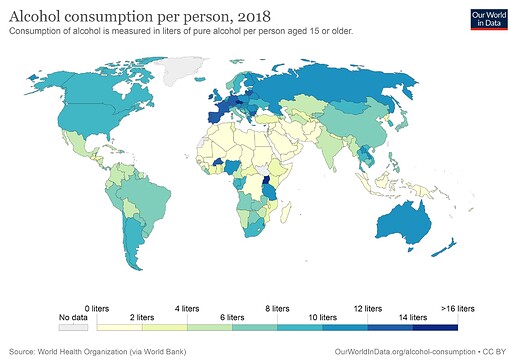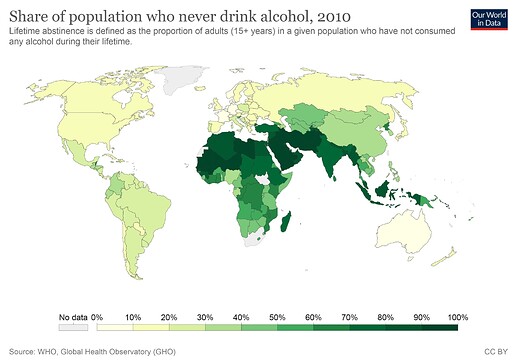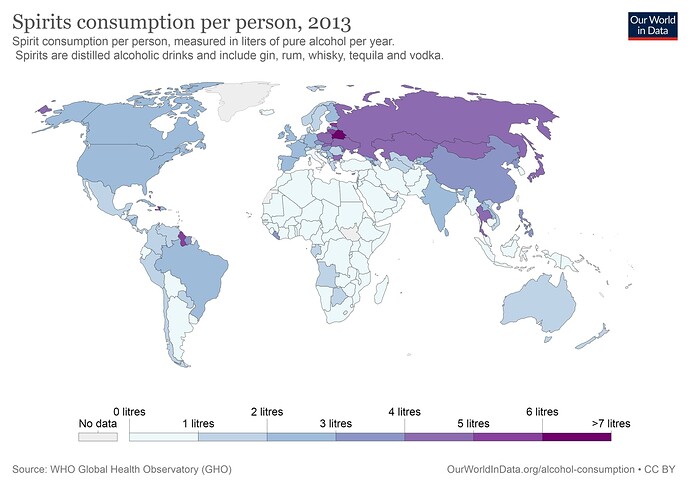Having sat down to calculate how much my smoking expenses in any given month amount to, it didn’t come as a surprise at all that I am burning anywhere between 10-12k a month on cigarettes.
The moral question aside, looking at it just from a financial standpoint it makes zero sense to do it, especially when considering that I am quick to call out any other vanity spending as unnecessary and my packaged answer to every other spending is “ if you put that money in Stock X, you’d double that in X timeframe.
This then begs the question, what the future of tobacco stocks and smoking as a recreational activity itself looks like in the coming decades.
Smoking as an activity has changed dramatically since the 20th century, where the Tobacco Companies had launched massive campaigns about the therapeutic benefits of smoking, some in hindsight as ridiculous as making doctors claim that “Brain is a wet organ, If you smoke regularly, it goes to your skull and then dries up this wet organ, and helps it work way better, just as a car, with a wet or cold engine, performs poorly, a wet brain also does the same” and prescribe cigarettes as medicine for everything ranging from depression to anemia to diarrhea.
Advances in Medical science debunked these claims, found it to be the primary cause of Lung, Mouth, and Throat Cancers, and a leading source of heart disease, and made Tobacco public enemy number 1 for health and related areas such as etiquette and hygiene and public policy.
21st century has brought smoking under even more scrutiny and of course taxation. Smoking even amongst smokers themselves is no longer considered cool, or fun anymore, but is spoken in terms of addiction and habit. Tobacco users are steadily declining in both numbers and as a percentage of the population for over two decades.
The Global Scenario
The global tobacco market size was valued at USD 932.11 billion in 2020 and is expected to expand at a compound annual growth rate (CAGR) of 1.8% from 2021 to 2028. This trend is further propelled by the launch of new products, including various flavored tobacco products such as flavored cigarettes and smoking of Hookah and Marijuana. These factors together are expected to drive the market over the next few years.
The Situation at ITC
Cigarettes are ITC’s cash cow and there are no two ways to look at it, whether It is also important to note here that the cigarettes business is a highly profitable, fast cash-generating business. It contributed Rs 13,500 crore to the company’s profit before interest and tax as compared to less than Rs 850 crore by the other FMCG business, that’s the focus of most analysts and investors.
As can be seen, the FMCG business is nowhere near a position to dethrone the ITC’s Tobacco Business anytime soon.
Although not everything is gloomy at that end.
Over the past 10 years, ITC’s FMCG business has grown three-fold from about Rs 4,600 crore to just under Rs 14,800 crore. The company has also managed to develop some really good recognizable brands in that time.
Aashirvaad is No. 1 in Branded Atta
Sunfeast is No. 1 in Cream Biscuits
Bingo! is No. 1 in the Bridges segment of Snack Foods
Classmate is No. 1 in Notebooks
YiPPee! is No. 2 in Noodles
Engage is No. 2 in Deodorants
Fiama is No.2 in Body Wash
Mangaldeep is No. 2 in Agarbattis
While ITC’s FMCG business revenues are no less than most peers its profit margins are very slim when compared to a massive 60 percent margins on Tobacco. And that’s been a matter of some concern, even as the company is seeing the margin trajectory improving with lesser investments.
The ESG Problem
With the rise of ESG investing and Institutional investors wanting to steer clear of “Sin Businesses” Big Tobacco, Big Oil, Big Infra, and Big Auto, foreign investors have been selling out of ITC. From an over 20 percent holding in the company about 5 years ago, they now hold less than 10 percent. This even when ITC scores well on ESG compared to global tobacco players and also when compared to several domestic FMCG peers. The Kovai unit was awarded a Platinum rating by the Alliance for Water Stewardship Standards which is the highest recognition for water stewardship in the world. The unit is the first site in India and the first paper mill in the world to achieve this recognition." But this will unlikely relieve concerns of it being a tobacco seller, at least in the near term. The longer term is a different story.
The Situation at Phillip Morris and beyond
PMI, the biggest Tobacco conglomerate in the world operates in over 180 countries, and cigarettes are the main source of its ~$29 billion in net annual revenue.
And like every other ESG hit company its main problem is the problem of Bad PR. In August, PMI said it would stop selling cigarettes in the UK over the next decade. And by 2025, the company plans to derive most of its sales from “smoke-free” products like IQOS—a stick that heats, rather than burns, tobacco. Considered less harmful than cigarettes but more harmful than quitting altogether, smoke-free products are now available in dozens of countries. And PMI is describing itself as a “harm-reduction company”.
How does a company that makes billions off of nicotine addicts advance beyond it? PMI’s strategy is two-step:
Smoke-free tobacco products. Heated tobacco products (HTPs) have built-in appeal for the world’s billion existing smokers. PMI currently has two types of HTPs, one that uses a heating blade and one that uses induction.
Other smoke-free products. Imagine using an IQOS product to inhale aspirin, or to treat respiratory disease. PMI calls this phase “beyond nicotine,” and already has a few such products in the works. The company hopes to generate $1 billion in revenue from these products by 2025.
About 30% of PMI’s revenue currently comes from smoke-free products. The company wants that to hit 50% by 2025, but outside of the UK has set no deadlines for dropping cigarettes entirely.
Other “Sin Businesses” such as Big Oil and Big Auto are steadily trying to convert themselves into Renewable energy and Electric transportation companies, with varied success.
Conclusion
At present Big Tobacco is awash with cash, so much so, it doesn’t know what to do with it other than give away dividends with it. There is a growing need to rebrand every company related to a business that may not exist in the coming decades or the second half of this century but every other industry that these companies are looking to diversify or pivot in having so laughably low margins that the best case scenario always seems to be to let the money come in until one day people stop smoking and the money stops coming in. All that while scoring lowest in every ESG list that is published going forwards.
A problem ironically very similar to that of the habitual smoker, who knows this habit might very well kill them but there are very few activities that provide equal satisfaction than smoking in a corner staring into nothing and thinking about everything. The answer to the problem of Big Tobacco, just as to every other problem of life, might be found in the lyrics of the great Kanye West when he says “Do you have the power to let power go?”
What do you think about this, Please share your thoughts and insights on this would be glad to discuss it 



